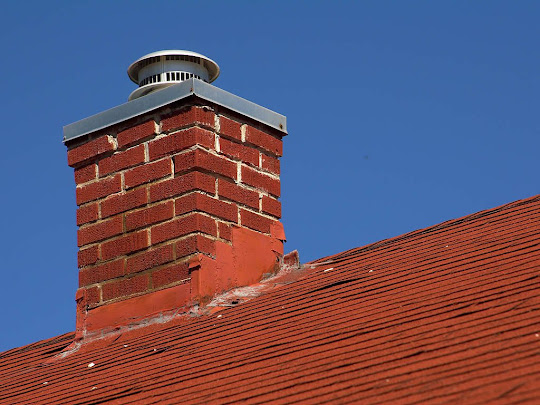When Should You Replace Your Chimney’s Liner?
- Get link
- X
- Other Apps
A chimney liner is an essential part of your fireplace. It does not only keep your chimney in good working condition, but it also supports your fireplace running safely. Your chimney liner will ultimately need to be replaced just like any other part of your home, but how do you know when it is the right time? And what to watch out for as your chimney becomes older? The chimney liner is one of the most significant protective components when it comes to fireplace & chimney safety.
It stops toxic gases from seeping through porous bricks & mortar into your home. It also stops hot embers in the smoke from slipping through a crack in the flue. Chimney liner absorbs not only harsh chemicals which are produced by fire but also absorbs high temperatures. Most of the time, homeowners get confused and ask many questions; some are mentioned below.
What Is A Chimney Liner, And Why Is It Significant?
Lifespan Of Chimney Liner
Over the years, your chimney liner has taken a lot of wear & tear, mainly if you use your fireplace often. Generally, the typical lifespan of a chimney liner is between 18 to 20 years; just to meet current building codes, at this point, your liner should be replaced. However, there are many cases where you will essential to change your chimney liner before it becomes to the 20-year mark. It depends on the material used in the chimney liner. For example, clay liners are inexpensive but give just five years of life. Generally, the chimney liner should be inspected and cleaned by an expert chimney sweep once a year. During this inspection time, a chimney sweep can take care of any problems that would show that chimney needs to be changed.
Any small or big damage to your chimney means it is the right time to install a new chimney liner. Even small damage to the chimney should not be taken for granted because if the heat gets out of control, then it will create fire safety issues. If a person is buying a new house and a chimney is installed, or if a person is buying an old house and the chimney is used by someone else, then a chimney liner inspection becomes very important. If you find a damaged liner or chimney, then it should be replaced immediately to avoid any fire safety problems.
An annual chimney inspection is very important whether a person is not a regular user or a regular user. Because of this inspection, any kind of problem with the chimney liner or any kind of replacement that is necessary to your chimney liner will be predicted at its initial level.
The Expert Chimney Service Provider
What Is The Best Type Of Chimney Liner?
There are three various kinds of chimney liners:
- Clay Tile Chimney Liners
- Cast-In-Place Liners
- Stainless-Steel Flue Liners
A clay tile liner is an awesome selection when you are building a new fireplace because the materials are cheap & the liner will have a long life. It is not the right choice for a replacement liner. Installing a new clay tile liner or repairing an old liner after the chimney has been built is very challenging.
If you have a manufactured fireplace or are installing a fireplace insert, a stainless-steel liner is the greatest choice. It is easy to install & can be linked directly to your heating appliance.
If you have a masonry fireplace with a clay tile liner that is failing or if you have a chimney that has structural problems, then a Cast-in-place liner is the greatest choice.
How Can One Know That The Chimney Liner Needs To Be Changed?
Conclusion:
- Get link
- X
- Other Apps

.jpg)
.jpg)

Comments
Post a Comment